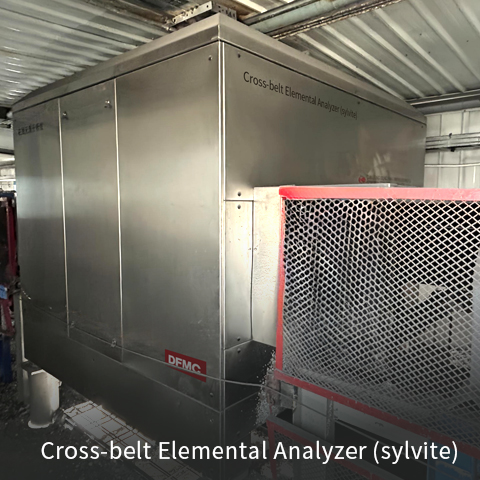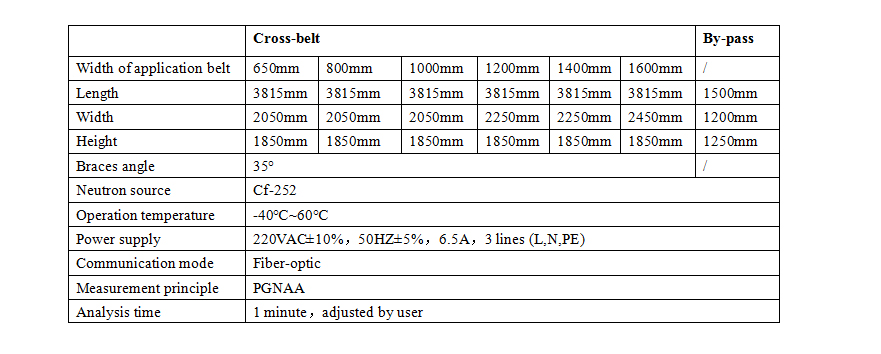Products
Intelligent Instruments
Intelligent Systems
Intelligent Solutions
Elemental Analysis and Grade Testing 

Particle Size Detection 

Density Detection 

Ash and GCV Detection 

Moisture Detection 

Level Detection 

Others 

For Building Materials 

For Mines and Mineral Processing 

For Coal Processing 








